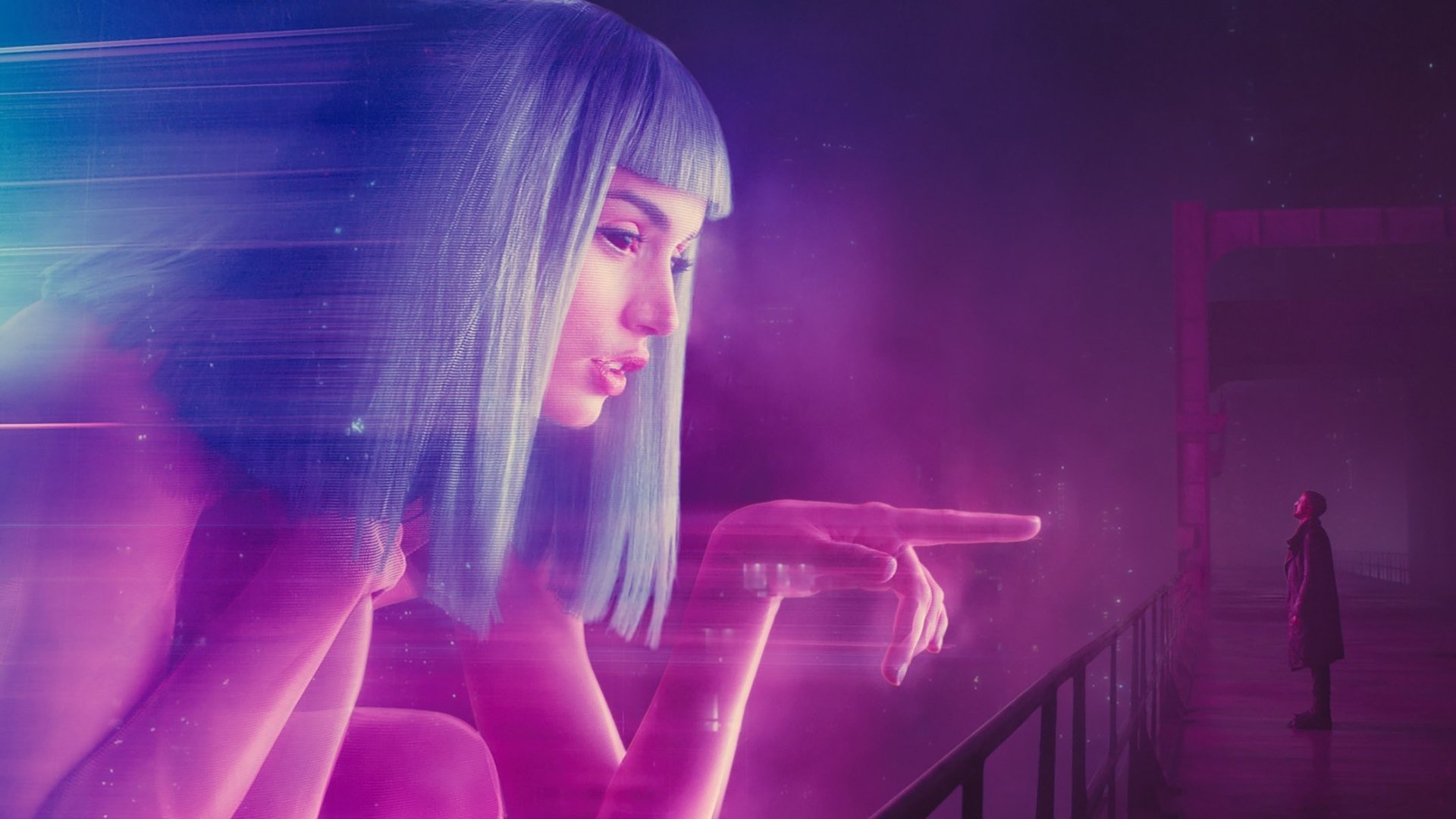
The decades-spanning career of Québécois director Denis Villeneuve can be aptly described as a slow-burning firework; his stardom and popular critical renown years in the making. With beginnings in French Canadian cinema with films such as Maelström, Polytechnique and August 32nd on Earth after studying the art at Université du Québec à Montréal, Villeneuve’s works gradually took on a more international audience beginning with the massively ambitious Incendies in 2010, and he soon burst into the Anglophone zeitgeist with big-name, bigger-budget Hollywood fare such as 2013’s Prisoners, the enigmatic Enemy, and 2015’s Sicario. The 2016 release of Arrival guaranteed Villeneuve multiple Oscar nods and the shot at cinematic royalty with Blade Runner 2049; his acclaimed sequel to Ridley Scott’s seminal sci-fi epic.
Through his journey from relative obscurity as French Canadian cinema’s best kept secret to the grandmaster of the cerebral blockbuster subgenre, Denis Villeneuve has never compromised his personal filmmaking style. Villeneuve’s films can be singled out by their adherence to a set of characteristics such as a defined, thematically constructed colour palette, the dichotomy of strong-willed women and compromised men, experimental and ambient scores typically masterminded by Jóhann Jóhannsson, daring plot twists that challenge the spectator, and finally the meticulous, patient and voyeuristic cinematography—typically credited to Roger Deakins. Here are some examples of how Denis Villeneuve’s signature aesthetic manifests in his work…
1. Atmospheric Score
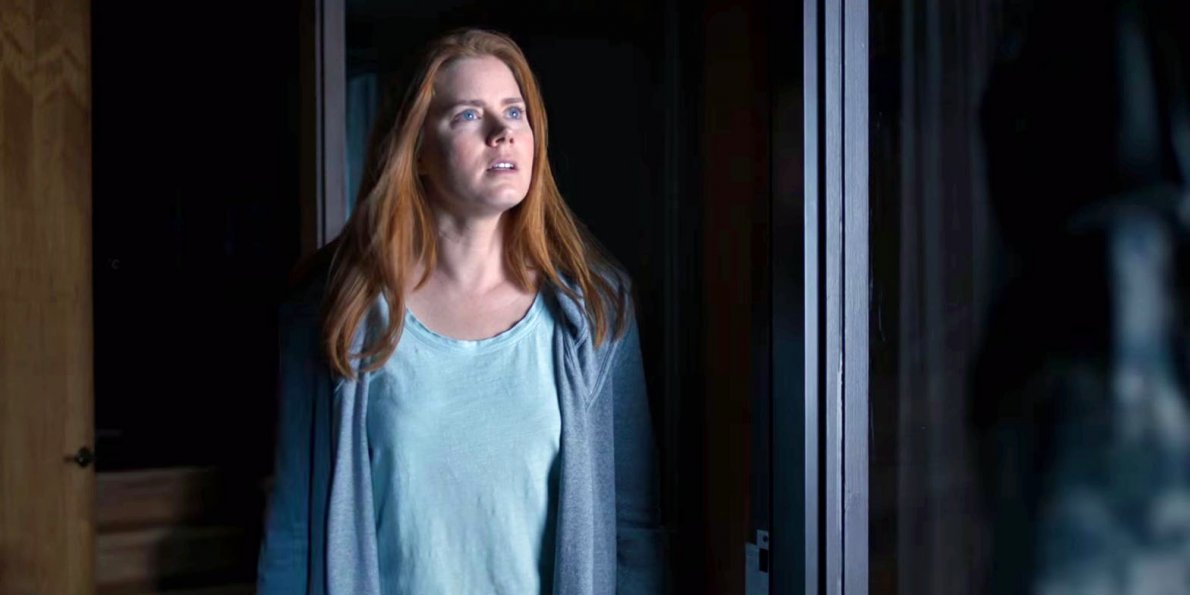
Villeneuve’s early films don’t incorporate the ambient scores of his Hollywood pictures but instead opt for thematically relevant use of popular songs and leitmotifs. In August 32nd on Earth (Un 32 août sur terre) we hear the recurrence of Tout écartillé by Robert Charlebois, which in the context of the film feels painfully misplaced and comically unwelcome.
Villeneuve’s sense of irony is further showcased in Maelström with the use of Good Morning Starshine (The Earth Says Hello) used first during an opening montage to score an abortion, and then in the conclusion to score a scattering of ashes. Furthermore, there is the blackly comic use of a Norwegian song long thought by the protagonist to be a soothing lullaby, which is later revealed to be a gory battle hymn.
In Incendies we have the inclusion of not only an epic orchestral score of Wagnerian proportions helmed by composer Grégoire Hetzel, but most notably the use of Radiohead’s song You and Whose Army? in the context of child soldiers and religious civil war.
Villeneuve’s collaboration with Icelandic composer Jóhann Jóhannsson first occurred on the film Prisoners, the ambient, melancholic score of which played into the film’s themes of grief, mourning and despair that accompany the protagonists’ emotions that come with a missing child.
Composed by Daniel Bensi and Saunder Juriaans, Enemy’s score is likely the most orchestral of Villeneuve’s English-language films, but does not shy away from the avant-garde and menace of Villeneuve’s other films’ scores.
With Sicario we hear a score that echoes the existential themes of the movie. The looming, tribal drum beats and droning strings evoke dread and anxiety which plays expertly into the film’s themes of deceit, conspiracy and lawlessness.
In Arrival’s case, it’s blindingly clear that the prompt Jóhannsson was working off of was one word; alien. The musical embellishments of Arrival appear to tonally mimic the indecipherable spoken-language of the heptapods and are as foreign and discomforting as the images of the alien vessels of the film hovering over the earth in a way that spits in the face of every written natural law.
Blade Runner 2049’s release saw a creative separation between Villeneuve and Jóhannsson, the former seeking out something new and more in keeping with the aesthetic of the original film’s Vangelis soundtrack; the result, albeit still very Jóhannsson-esque, was masterminded by Hans Zimmer and Benjamin Wallfisch, and could be described not so much as a score but a captivating collection of white noise one might experience as a resident of dystopian Los Angeles such as the thunderous hums and rumbles of gargantuan industrial machines, roaring aircraft and computerized static.
2. Thematic Colour Palette
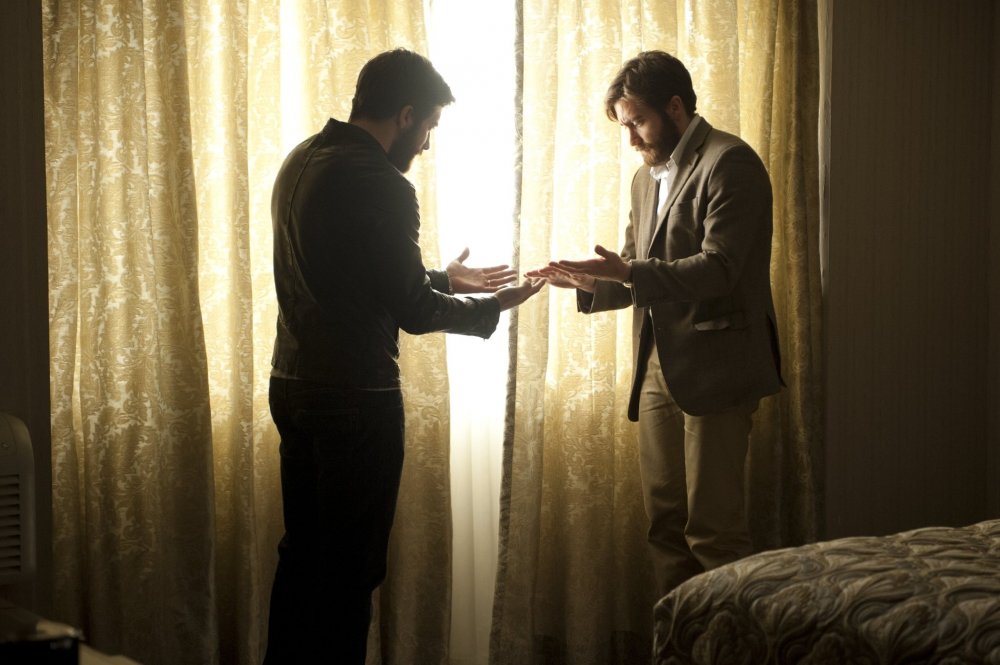
The colour palette for August 32nd on Earth is largely naturalist until the two leads embark on a pilgrimage to the desert terrain of the Bonneville Salt Flats in Utah, and the crystalline alien landscape engulfs the frame, reflecting upward on all those who traverse it.
Maelström is wrought with undertones of nautical culture and folklore, particularly that of Scandinavia, and this theme of northern seas is explored not only through the montages of currents and maelstroms, but through the film’s sharp, icy blue lighting which casts the characters’ faces as pure as whitecaps.
It’s known that the reasoning for shooting Polytechnique in black and white was Villeneuve’s efforts to avoid being exploitative. The muting of the colours lessened the intensity of the film’s gore and allowed for a nobler, more thoughtful and dignified approach to a story of such gravitas.
Incendies, not unlike the name which translates to a blaze or a wildfire, depicts a scorched landscape in terms of its harsh and parched colour tones. There is no vibrancy to be found in the war-torn city of Daresh, a fictitious stand-in for Beirut, save for its deep-green cedars.
The colour palette of Prisoners is notably understated in comparison to Villeneuve’s other American films. The shots mostly consist of grim, earthy and frigid tones; evoking the rural Pennsylvanian winter setting, as well as the decay not only on the morality of the protagonist but also in the form of the forests, bodies and buildings in ruins throughout the film.
Enemy spends a great deal of time bathed in a sickly yellow haze, heightening the otherworldliness and malevolence of the film’s surreal, fever-dreamlike setting.
Sicario’s washed out, barren tones of beige, tan and amber evoke not only the desert setting of the film, but also the grander notion of a lawless existential wasteland in which the film is set. The neo-western, borderland milieu and its signature visual style are in keeping with the film’s themes of shifting allegiances, moral disillusionment and shaking hands with the devil.
The palette of Arrival is consistently bleak, blue and sterile. The look of the film is very sanitized and evokes the atmosphere of biohazard. This is expertly contrasted with the footage of Dr. Banks’ precious moments with her daughter which are primarily based in unkempt nature with earthly colours; creating a contrast between the hostility of the military base and the warmth of her fleeting but vibrant co-existence with her daughter.
Although this could be said of many of Villeneuve’s films, the use of colour in Blade Runner 2049 is so intense that it could be seen as inspired by German Expressionism’s philosophy of projecting the interior onto the exterior. Angelinos are all lit with an artificial neon glow, while the Wallace Corporation building is cascaded in shadow, and the radiated wastelands of Las Vegas are bathed in a cartoonish orange haze that wouldn’t be out of place in the tinting of a silent film.
3. Strong Women and Morally-Compromised Men
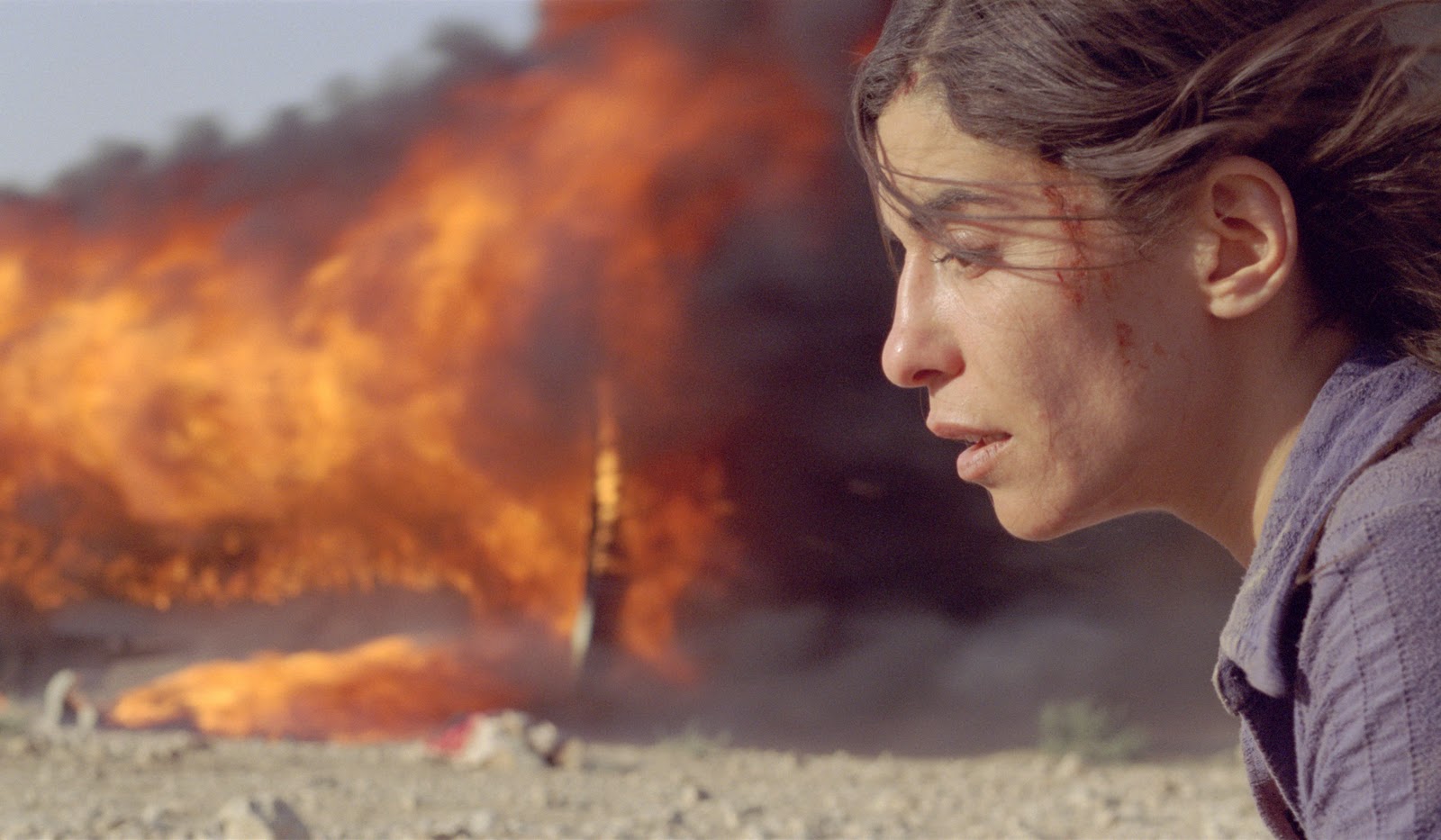
Maelström probably presents its female protagonist, Bibiane, as the most flawed among Villeneuve’s films, considering the fact she spends the film being tortured with the secret of having run down a fish merchant. Yet her conscience torments her and she ultimately takes responsibility for her actions. Throughout the film, “Bibi” exhibits a fierce individualism as a result of living in the shadow of her celebrity mother. She is presented as being strong willed, contrarian and incredibly independent.
With Polytechnique, we see a more literally and figuratively black and white portrayal of Villeneuve’s recurring theme, where the stakes have never been higher. In the case of the character Jean-François, Marc Lépine’s act of terror reaches from beyond his death when, consumed with survivor’s guilt, he succumbs to the brutality of the experience and commits suicide by carbon monoxide poisoning. Interestingly, suicide becomes the fate for both Lépine and Jean-François, which in the case of Jean-François is less a commentary on his ‘weakness’ but more of a demonstration of his internal moral conflict as essentially a ‘bystander’ to the infamous 1989 massacre of female engineering students. Inversely, survivor Valérie undertakes the greatest act of rebellion against the Killer; she chooses to live, and to persevere. At the film’s conclusion, she discovers she is pregnant, and instead of surrendering to the nihilism that permeates the world of the film, she looks at this event as a new beginning to mentor a potential son or empower a potential daughter.
In Incendies, we see a contrast of character and values between siblings Jeanne and Simon Marwan. Simon is content to bury his deceased mother Nawal along with his remaining memories of her, whereas Jeanne is less selfish and recognizes that the eccentricities and intense personality of their mother is a result of the sacrifices she had made for them. She holds their mother in higher regard, refuses to abandon her legacy and undertakes the difficult and largely thankless task of carrying out the final wishes of a dead woman.
Though the film deals undoubtedly in horrific acts of violence against women it is worth stating that despite the trauma that Nawal endures during her time as a prisoner of war, she refuses to allow those who do her harm the power of triumph over her, and furthermore, she also proves to be the bigger person, even in death, for the benevolent, almost Christ-like way that she pardons her aggressor in her will, albeit at least the part of him she regards as her own flesh and blood.
With Prisoners, this signature theme is turned on its head. Although the film upholds the roles of the strong woman and the morally-compromised man, this case is unique in that the strong woman is actually a malevolent force that outfoxes the protagonist, who is so overcome with rage and gazes so intensely into the abyss that he finds it gazing back at him. The film’s portrayal of a distressed father sinking to the moral level of his daughter’s kidnapper in order to recover what’s most important to him is a prime example of the myriad ways that strength and weakness manifest themselves.
Enemy’s story, described by Villeneuve as “a Denys Arcand movie on acid”, is a surrealist take on a man electing to leave his mistress to return to his pregnant wife. The themes of the film revolve around the protagonist’s infidelity and fear of commitment to his wife and unborn child.
In Sicario, it can be argued that Emily Blunt’s character, Kate Macer is one of the only people in the film with any remote moral standing whatsoever. Macer is an idealistic FBI agent that operates by a strict by-the-book moral code, but she finds herself surrounded by corrupt opportunists. After the culminating mission is executed, Macer is conflicted as whether or not to assassinate the corrupt agent and Medellín cartel member Alejandro, she ultimately cannot bring herself to pull the trigger, and though this could be misinterpreted as weakness, this is a clear indication that Macer refuses to sink to the level of an unchecked assassin like Alejandro. Alejandro acknowledges she is an idealist, and urges her to distance herself from the cadre of “wolves” like Agent Matt Graver and himself; savages who operate heedless to the rule of law.
Of all Villeneuve’s features, Arrival is perhaps the most clearly a parable for contemporary issues. The protagonist Dr. Louise Banks represents a benevolent approach towards intercultural communication; one of compassion and learning from one another: she cautiously embraces the aliens’ arrival as an opportunity for a culture exchange. Meanwhile, the group of soldiers indoctrinated by fear mongering rhetoric that end up trying to destroy the aliens stand in for the politics of xenophobia, hostility and division that threaten intercultural and indeed intergalactic peace and tolerance.
Although many detractors of Blade Runner 2049 have decried the film for its lack of female representation and overall sexual objectification, many have posited that the world of Blade Runner 2049 is indeed a dystopia, and that the morally bankrupt, oversexed culture displayed in the film is a warning for contemporary society to self-examine and sort itself out. Furthermore, it can be argued that it’s the male entitlement of the characters that will ultimately lead to their downfall.
4. Roger Deakins’ Voyeuristic Cinematography
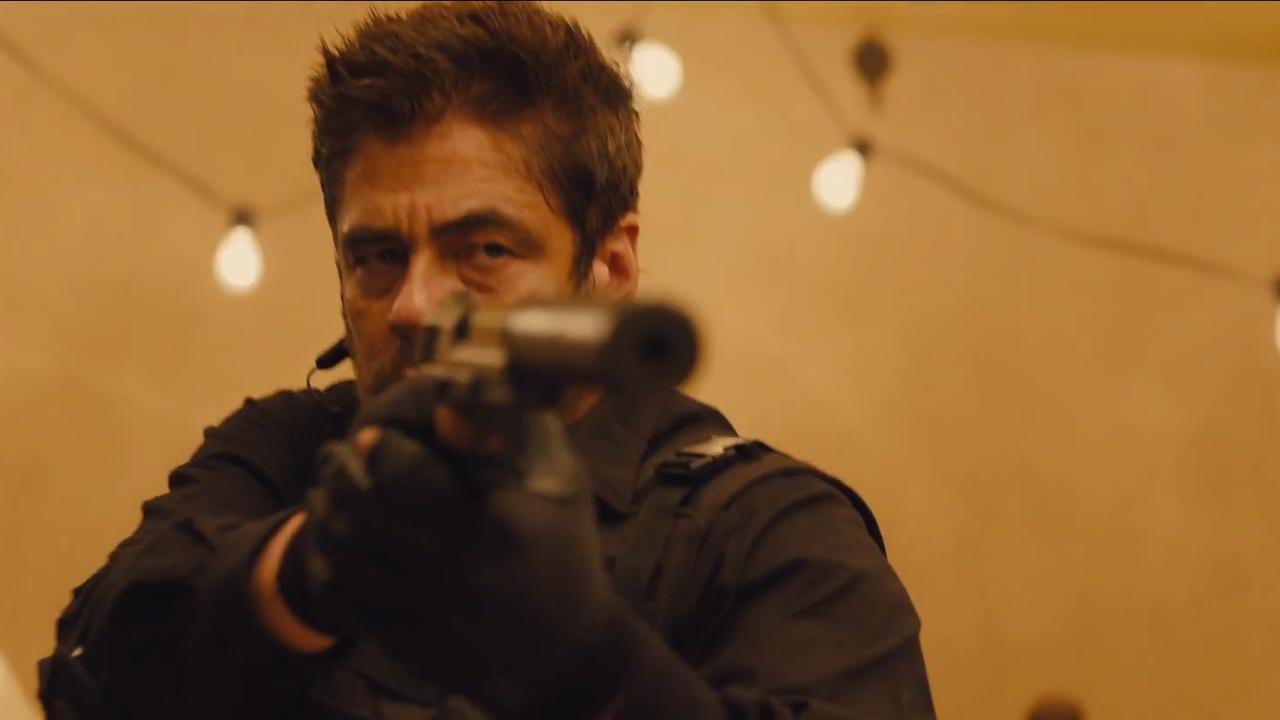
Villeneuve’s collaborations with Roger Deakins are characterized by an overall personification of the camera’s eye. In Prisoners, we see shots creeping out of windows and stalking behind trees. This instills viewers with a sense of paranoia that the child abductor is more a supernatural force than a mere being.
The leering camerawork of Sicario and Deakins’ courage to let a shot linger to the point of discomfort also results in a certain urgency to the film’s violence uncommon in most action movies. The stakes are raised and the repercussions of horrific acts are amplified, not glamorized. The camera observes, occasionally shys away, but never revels in the violence.
In Arrival, the camera ogles the alien crafts with great curiosity but always casts them in obscurity; never letting viewers gets a sober look at what’s before them. It’s also been pointed out that the camera has a tendency to ‘descend’ upon the scene; this is particularly visible at the film’s opening and in the overhead shots during the scenes shot at Université de Montréal; possibly alluding to an extraterrestrial perspective.
The camera’s eye of Blade Runner 2049 is marked by its appearing to stand agape in the presence of the gargantuan structures and sexualized holograms roaming the streets of Los Angeles. It’s almost as if the big machine of 2049 civilization is too tremendous for the camera to comprehend without craning its neck upward towards the blackened sky.
5. Twist Endings
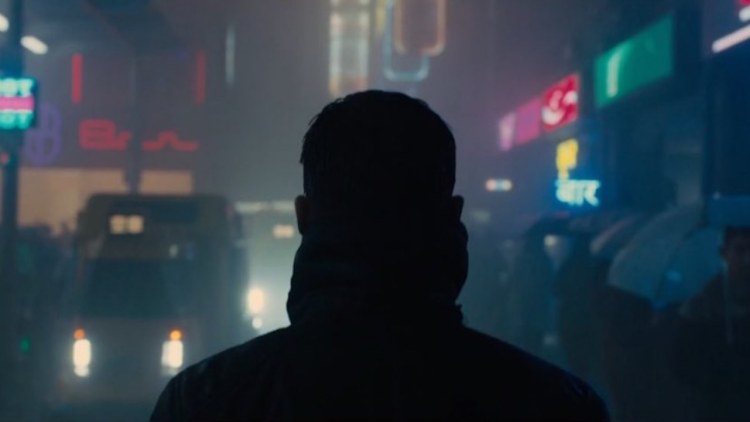
In August 32nd on Earth we see Denis Villeneuve immediately establish his affinity for unresolved conclusions lacking in redemption when protagonist Simone’s new lease on life brought on by a near death experience at the film’s opening leads indirectly to the near death experience and grimly uncertain future of her old flame Philippe at the film’s conclusion. Nothing is resolved, Simone hasn’t accomplished her goal of conceiving a child after her life-altering car wreck, and Philippe’s life hangs in the balance.
Maelström’s ‘twist’ can be more precisely described as dramatic irony, as the big reveal is not immediate, and the audience is aware of it whereas the characters are not. Evian, Bibi’s romantic interest, is unaware that it was she who ran down his father. She even joins him with his father’s colleagues in an especially awkward toast to the slow and painful death of the man’s killer if ever they are discovered. Of course when the truth does come out that it was in fact his lover who inadvertently killed his father, Evian’s reaction is less one of carnage and more one of great moral conflict concerning how to carry on.
In Incendies—which centers around two twins who discover from their deceased mother’s will that both their father and their brother are alive, and their subsequent plot to return to their mother’s homeland to solve this mystery—the twist involves not only the discovery by daughter Jeanne that their mother was once a political prisoner in her native land for her assassination of a Christian nationalist, but also the discovery by son Simon that he and Jeanne were conceived by their mother’s rape at the hands of her interrogator who is revealed to be her estranged son; effectively making their father and brother the same man. This revelation is stylistically evoked by Simon who comments to his mathematician sister, “one plus one… can it make one?”
In Prisoners, the twist comes in the form of a bait and switch and marks the first of several times in which Villeneuve’s films play with our preconceived notions about cultural norms. It would be outlandish to assume that the old widow would be the mastermind behind the kidnapping of the children, but her culpability is hidden in plain sight. This brings that much more gravity to the twist when it’s finally revealed.
The narrative structure of Enemy is difficult to comprehend and widely believed to be circular and without ending; implying the cyclical nature of the protagonist’s infidelity. So although there is no definitive conclusion to the story, the Kafkaesque plot makes plenty of room for startling revelations that often force the characters and the audience to question the nature of reality in the film.
Sicario gradually reveals to viewers that Alejandro is not at all a high up government man but in fact a soldier for the Colombian Medellín Cartel cooperating with the CIA to disrupt the Mexican drug trade on the age-old principle that the enemy of one’s enemy is a friend.
The twist and overall story of Arrival, for all intents and purposes, should never have made it to the screen. The complexity of the plot and the difficulty of relaying the concept of the alien language to the viewers makes it a cinematic miracle that it was ever successfully adapted from the source material; the novella Story of Your Life by Ted Chiang. The film basically dupes viewers by opening with a montage of Dr. Banks and her daughter, and then later introducing the concept of the heptapod language giving its ‘speakers’ the ability to perceive time differently; thus revealing that her daughter has not yet been born.
One overlooked quality concerning the film’s timeline and the concept of the alien language is the allegorical importance of way the language is read and its social implications. In the preface to the English translation of Algerian author Kateb Yacine’s seminal novel Nedjma, the editors evoke the complex timeline of the novel and its relation to the way the structure of classical Arabic thought and language challenges Western readers’ perception of temporality; much in the way that the heptapod language of Arrival is purported to do. Perhaps the learning and understanding of the heptapod language is meant to symbolize a culture of education and understanding between East and West in a time when the divide has seldom been greater.
The second time that a Villeneuve film hides a twist in plain sight and plays off the audience’s preconceived notions is in Blade Runner 2049, when Officer K’s search for the first child born to a replicant and a human leads directly to him, the audience buys it without question. Of course he’s the chosen one! It’s Ryan Gosling! Spectators are so drunk on this possibility that the appearance of Deckard and Rachel’s actual offspring passes before our very eyes, raising little suspicion, despite the painfully obvious hints. Much in the way that the elderly woman in Prisoners bypassed the audience’s radar, the established archetypes of the prophetic son and the male-dominated dystopia depicted in Blade Runner 2049 dissuade viewers from the concept of a bookish female character being the savior of the film.
Author Bio: Sam Fraser is a literature-turned-film student at Université de Montréal. He still operates under the illusion that he might one day run into Denis Villeneuve or Xavier Dolan on the métro.